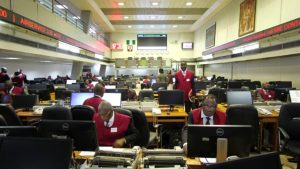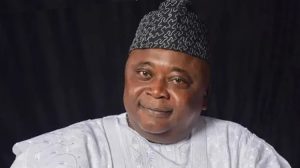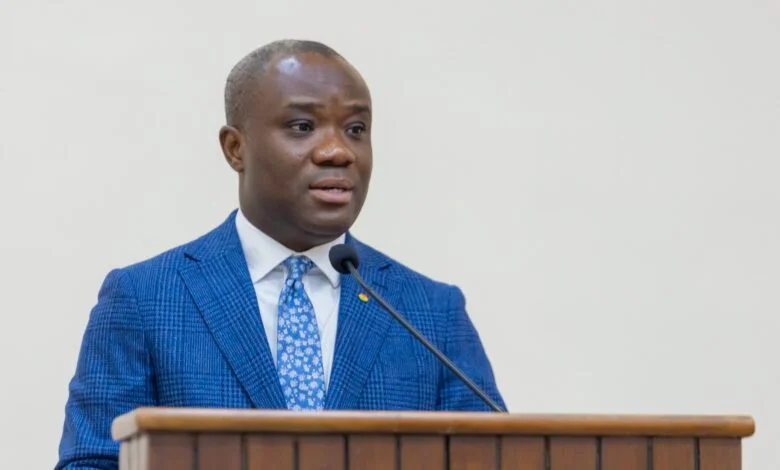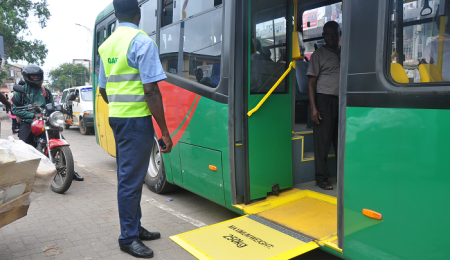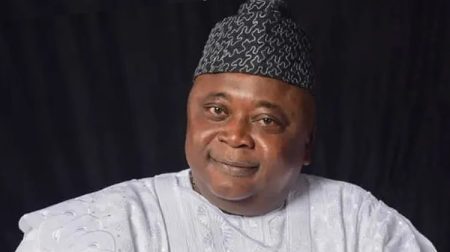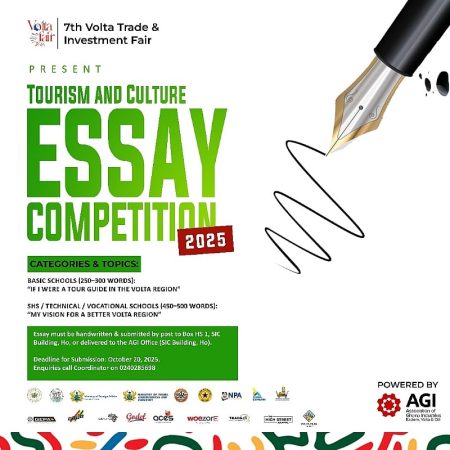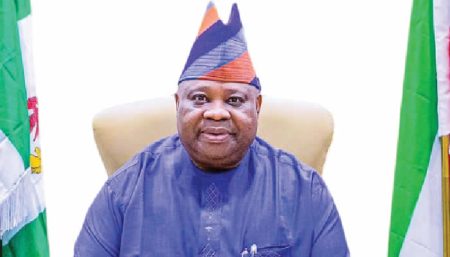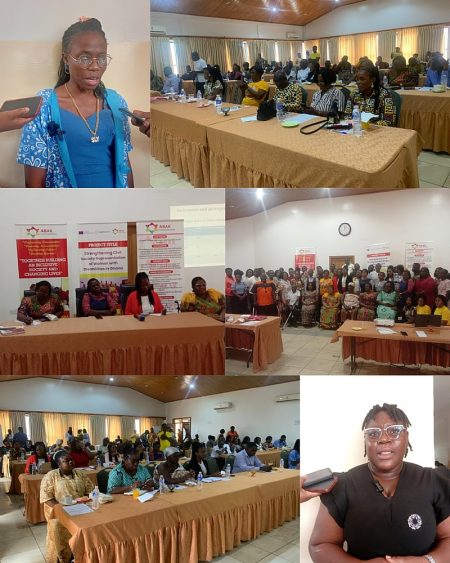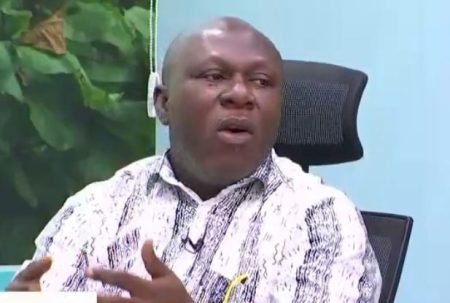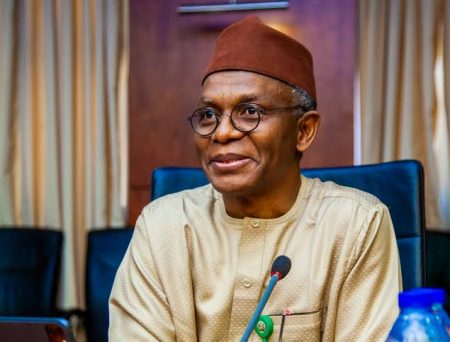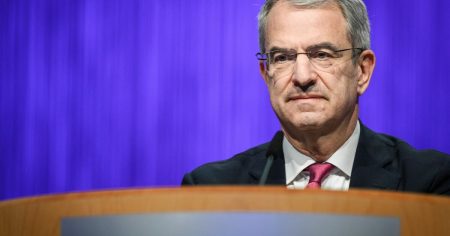The removal of Chief Justice Gertrude Araba Esaaba Sackey Torkornoo from her position sent ripples through Ghana’s legal and political landscape, sparking intense public curiosity about the underlying reasons for such a significant decision. The government, however, maintained a steadfast position of confidentiality, citing constitutional constraints that prevented the full disclosure of the circumstances leading to her dismissal. Felix Kwakye Ofosu, the Minister for Government Communications, emphasized the administration’s commitment to upholding the provisions of the 1992 Constitution, particularly Article 146, which explicitly prohibits the public dissemination of information regarding the proceedings of the committee tasked with investigating allegations against the Chief Justice. This legal restriction bound the government from revealing the specifics of the case, despite the widespread interest and speculation.
The process leading to the Chief Justice’s removal began with a petition filed by a citizen, Daniel Ofori, alleging stated misbehavior under Article 146(1) of the Constitution. This petition triggered the formation of a constitutional committee, as mandated by Article 146(6), to investigate the veracity of the claims. After a thorough examination of the evidence and testimonies presented, the committee concluded that the allegations against Chief Justice Torkornoo were substantiated, recommending her removal from office. Despite the government’s inability to publicly divulge the details of these proceedings, Mr. Ofosu assured the public that the Chief Justice herself had been formally notified of the committee’s findings and the subsequent decision to remove her from her position, This notification, delivered through a letter from the President’s Secretary, included a warrant for her removal, as stipulated by Article 146(9) of the Constitution.
The government’s insistence on maintaining confidentiality, even amidst public pressure, underscored its commitment to adhering to the rule of law and respecting the constitutional framework that governs such sensitive matters. While the public’s right to know is a crucial aspect of a transparent democracy, the government argued that this right must be balanced against the equally important principle of protecting the integrity of judicial processes and upholding the confidentiality guaranteed by the Constitution. The balance between transparency and confidentiality in matters of such gravity became a focal point of discussion, particularly in the context of upholding public trust in both the executive and judicial branches of government.
The government’s position, as articulated by Mr. Ofosu, was that revealing the details of the proceedings could potentially undermine the integrity of future investigations of similar nature. Maintaining confidentiality, they argued, was essential to encourage individuals to come forward with complaints against high-ranking officials without fear of public reprisal or scrutiny. This, in turn, is crucial for ensuring accountability within the highest echelons of power. Furthermore, making the details public could also prejudice any potential future legal proceedings related to the case, thereby jeopardizing the pursuit of justice.
The case of Chief Justice Torkornoo’s removal brought to the fore the complex intersection of transparency, accountability, and constitutional limitations. While the public’s desire for information is understandable, the government maintained that its hands were tied by the very Constitution that established the framework for investigating and addressing allegations of misconduct against high-ranking officials. This delicate balance between the public’s right to know and the need to protect the integrity of legal processes remains a continuing challenge for democracies around the world.
The removal of a Chief Justice is an exceptional event with significant ramifications for the judicial system and the country as a whole. The government, while acknowledging the public interest in the matter, remained firm in its position that adhering to the constitutional constraints surrounding the disclosure of information was paramount. This stance reflected a commitment to upholding the rule of law and ensuring that such sensitive processes are conducted with the integrity and confidentiality they demand. The case highlighted the ongoing tension between transparency and confidentiality in matters of public interest and underscored the complexities of navigating these tensions within the framework of a constitutional democracy.


